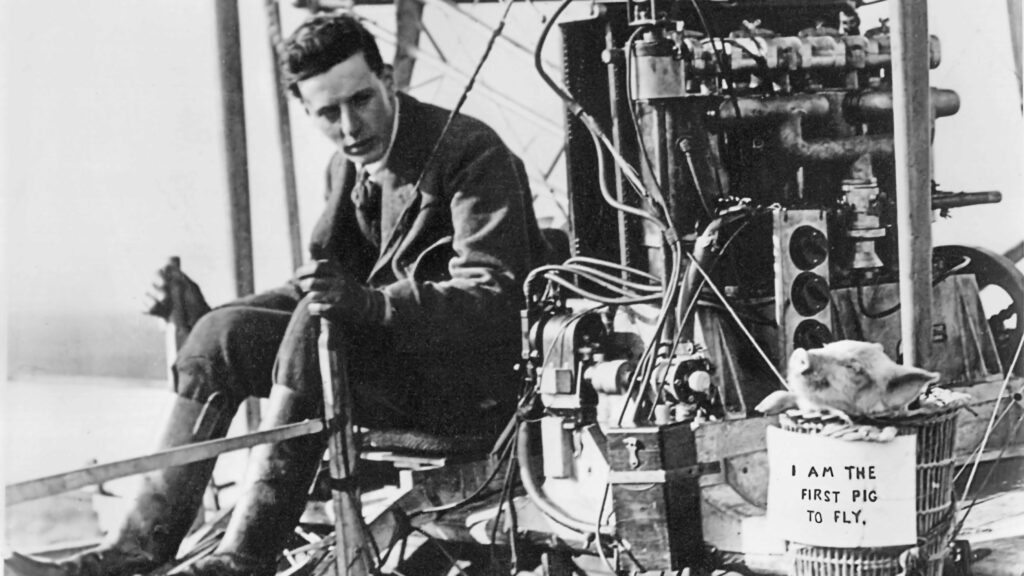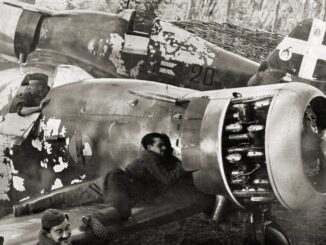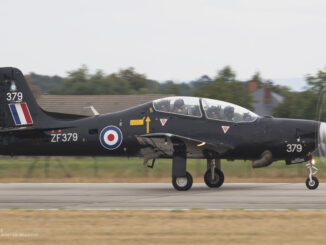 On 27th September 1909, the Short Biplane No.2 experimental aircraft performed its first flight at Shellbeach, the Isle of Sheppey.
On 27th September 1909, the Short Biplane No.2 experimental aircraft performed its first flight at Shellbeach, the Isle of Sheppey.
At the dawn of aviation, the British daily newspaper Daily Mail supported the pioneer aviators by awarding them numerous prizes for completing a particular goal and pushing the aircraft development further ahead.
The first prize, sponsored by the Daily Mail owner, Alfred Harmsworth, the 1st Viscount Northcliffe, was announced already in 1906 and promised 10,000 pounds (an approximate equivalent of today´s 1,300,000 GBP) for the first London to Manchester flight. It was won only in 1910, by Louis Paulhan.
In the next years, the Daily Mail announced a few more competitions, including quarter mile out and return flight, cross-channel flight, fastest lap at Blackpool Aviation Week and the first closed-circuit one-mile-flight by a British aircraft. The latter challenge caught the attention of John Theodore Cuthbert Moore-Brabazon, the 1st Baron Brabazon of Tara, one of the earliest English aviation pioneers.
In November of 1908, Moore-Brabazon made his first solo in France, flying a Voisin biplane. In May of 1909, he became the first Englishman to perform officially recognized aeroplane flight in England. Then, in November of the same year, he proved that pigs could fly (more information about Moore-Brabazon and his early aviation stunts can be found in our article from November of 2022 – 4 November 1909 – Pigs can fly).
In the same year of 1909, Moore-Brabazon ordered an experimental biplane to be built at Short Brothers´ factory and intended to win the aforementioned close-circuit prize by Daily Mail.

The Shorts aviation adventure began already in 1897, when Eustace Short bought his first, second-hand balloon. Shortly after, Eustace and his brother Oswald Short, established a company to develop and manufacture balloons. In 1905, they became the balloon supplier for the British Indian Army and in the end of 1908, the Short Brothers began with development of their first aircraft, later designated Short No.1. They also acquired license rights to build Wright aeroplanes.
The Short No.2 was similar in design to Wright Model A. The aeroplane was powered by Ateliers Vivinus aviation engine, taken from one of Moore-Brabazon’s Voisin biplanes. On 27th September 1909, the aircraft successfully completed its first flight, covering almost a full mile in the air. The second flight was performed on 4th October and ended with heavy landing and minor damage on the aircraft.
During repairs, the aircraft engine was changed to Green D.4 powerplant. At the time, it was the most powerful British-made aviation engine, generating 60 hp from 8.99 litres capacity. Mounted in the Short No.2, the Green powerplant turned two 2-bladed propellers made of wood, in pusher configuration.
On 30th October 1909, Moore-Brabazon took-off with the Short No. 2 from the Royal Aero Club airfield located at Shellbeach, Isle of Sheppey (in the Thames Estuary). He flew to a point set half a mile from the airfield, turned back and then successfully landed next to the launching rail. The flight lasted 2 minutes and 36 seconds. The Daily Mail prize of 1,000 pounds (an approximate equivalent of today´s 132,000 GBP) was shortly after officially awarded to the English aviation pioneer.
The Short Brothers continued their aircraft development until 1943, when their company was nationalised. They became famous mostly of their flying boats and floatplanes, although were also one of the first to develop twin-engine aircraft, the Triple Twin, built in 1911. In 1989, the company became a part of Bombardier group.

Cover photo: Short No.2 during the record flight, Flight magazine, 19 Oct 1909. IWM photo used under the Non-Commercial licence.



